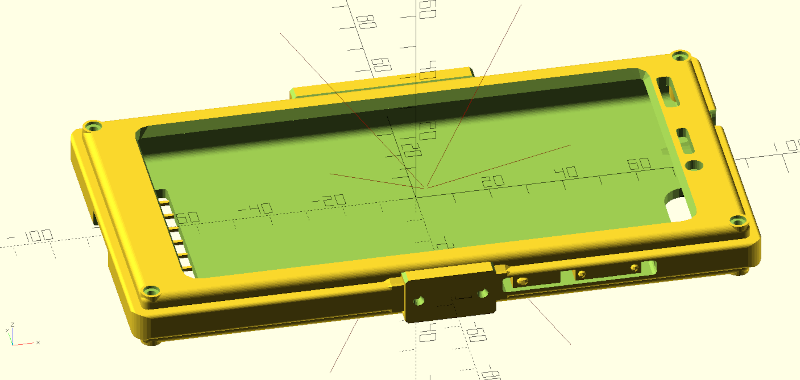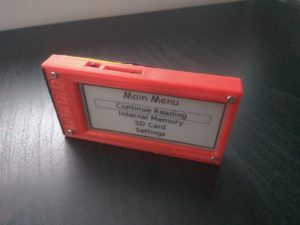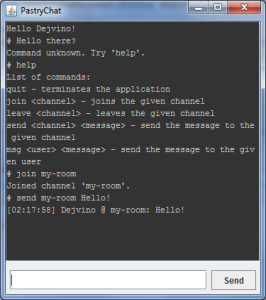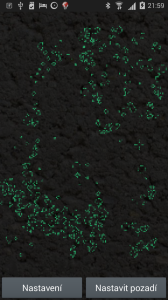Moon Bus | Pico-8 game
This is a simple ‘Lunar Lander’-like game for the PICO-8 fantasy console, where you have to travel from station to station, landing several times in a row to carry passengers around a low-gravity planet. I had a lot of fun building this and subsequently playing this on my Anbernic RG35XX H handheld emulator.
You can find the game on the official site: Moon Bus at www.lexaloffle.com, or you can give it a try right here!
As with all PICO-8 games, the source code is included right in the cartridge (i.e. the PNG file).
Status: Finished
Project page: Moon Bus at www.lexaloffle.com
























